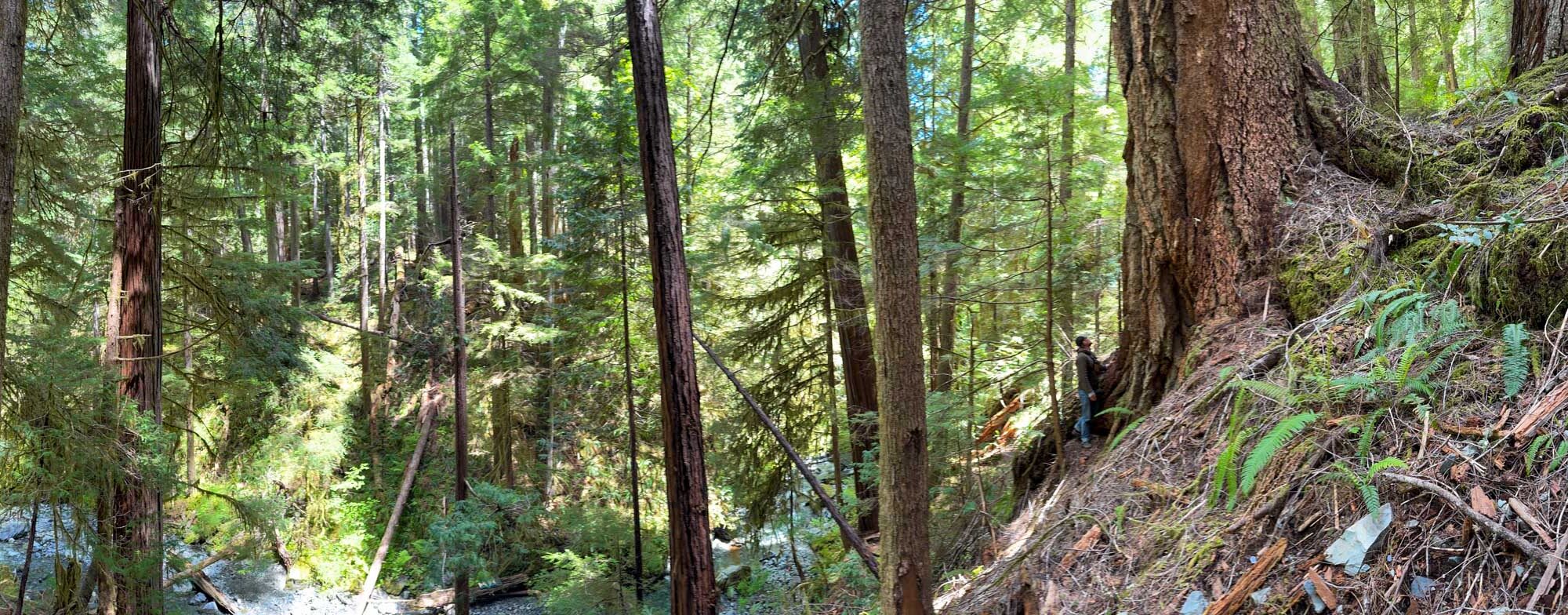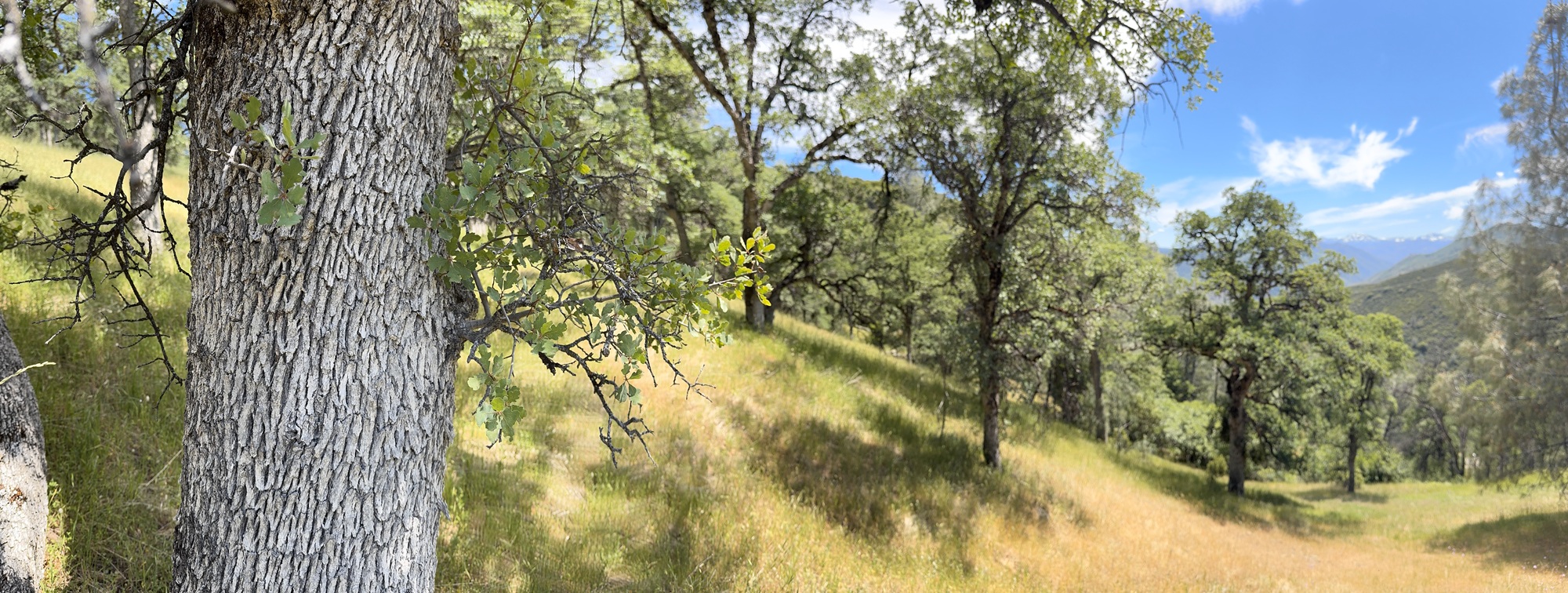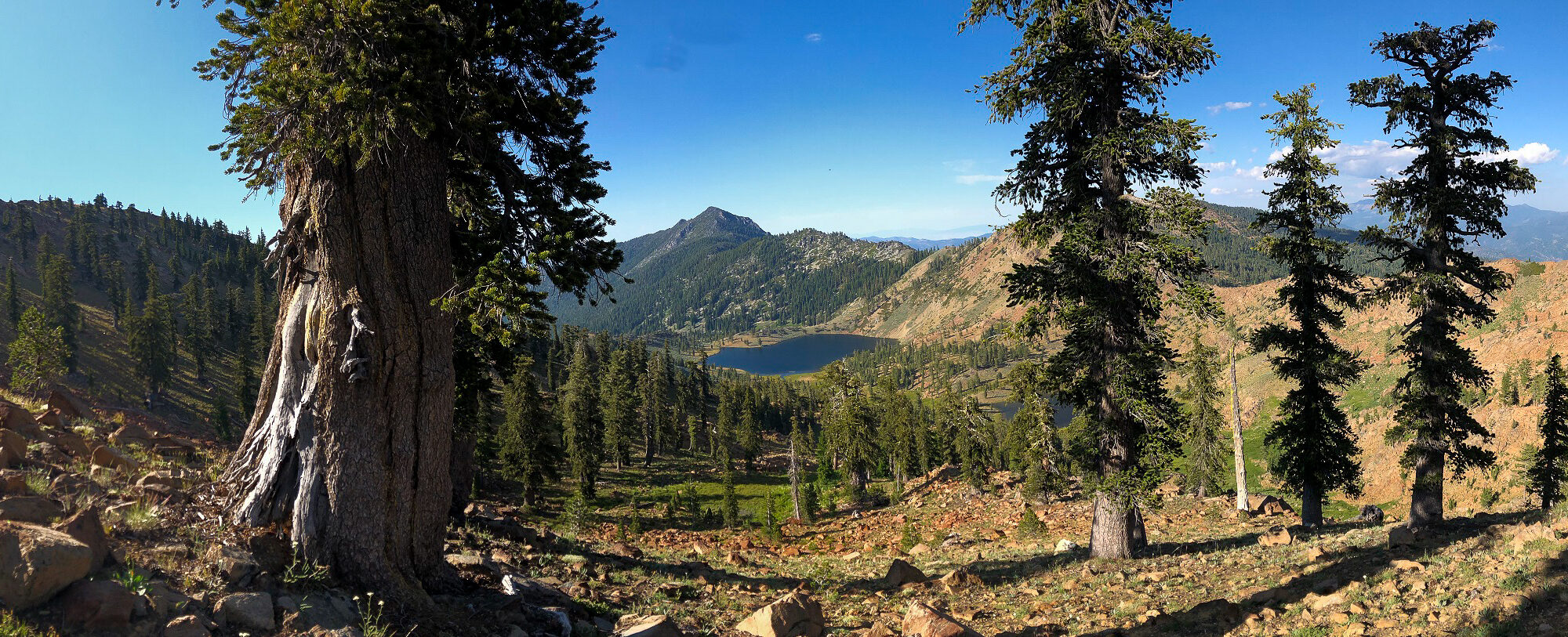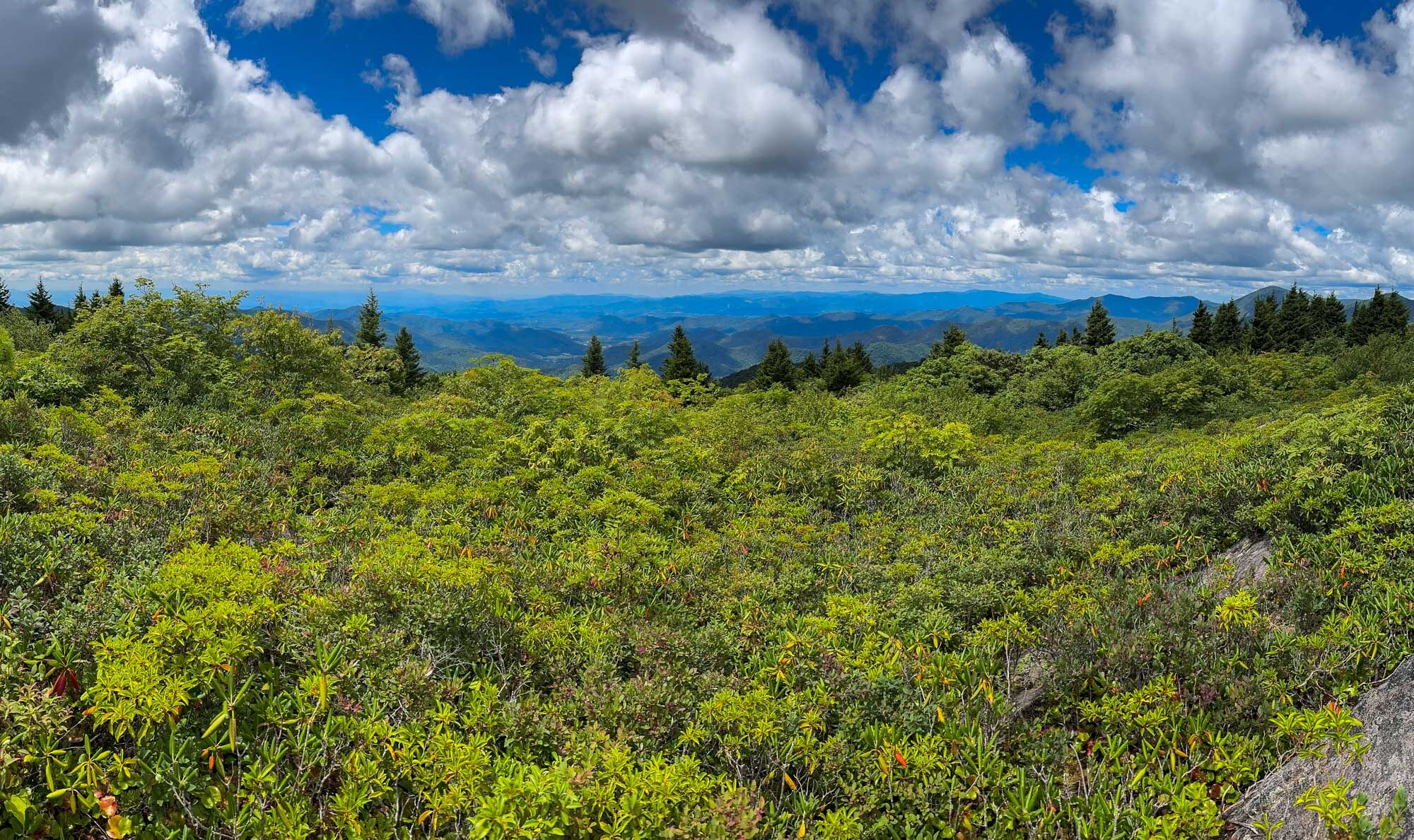There’s a quiet magnetism in Research Natural Areas (RNAs)—pockets of protected wild that call to those of us who seek to understand the living mosaic of California. These places are often the last intact natural systems on our public lands—and for decades, I’ve been drawn to them, trekking into these living sanctuaries to witness nature in its most undisturbed form, to document its story, and to carry that story forward.
Continue reading “Revisiting a Research Natural Area in the Klamath Mountains”Blue Oak (Quercus douglasii)
An Old Friend in a New Light
I first met Blue Oak (Quercus douglasii) when I moved to California as a young educator, living and teaching at SCICON, a school nestled in the Sierra Nevada foothills above the Great Central Valley. The property was draped in a mosaic of oak woodland, and it was the blue oak—with its pale, ghostly bark and seasonally bare branches—that became a familiar companion during daily lessons with sixth graders. At the time, I didn’t fully grasp what I had stumbled into, but I knew it felt like home. As a kid raised in the deciduous forests of the Appalachians, these leaf-losing oaks whispered a comforting language.
Continue reading “Blue Oak (Quercus douglasii)”A Life Beneath the Canopy
How California’s Trees Shaped a Book, a Friendship, and a Calling
I first fell in love with trees as a high school student in the green underworld of the eastern deciduous forests near Williamsburg, Virginia. My teacher, Charles Dubay, believed we should know our world with both precision and appreciation. In his field biology class he taught us the trees twice—once in the fullness of leaf and light, when the crowns cast shade and shimmered in the wind, and again in the starkness of winter, when the branches and bark told their stories—bare.
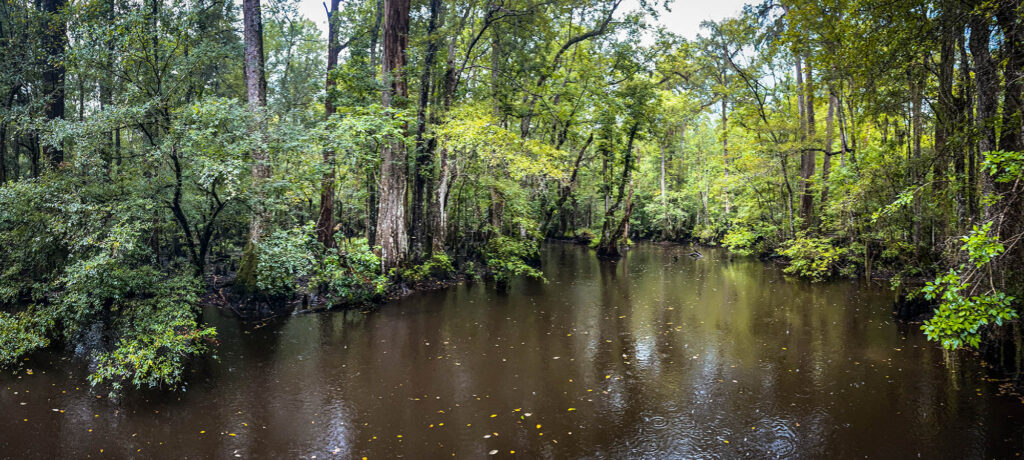
Spruce Engraver Beetle in Northern California
In June 2023, my family and I took a trip up Russian Creek in the Russian Wilderness. This area is renowned for its conifer diversity so I was on the lookout for my favorite plants.
It was alarming to discover mortality in one of California’s rarest conifers, the Engelmann spruce due to Spruce Engraver Beetle in Northern California. Here is what I wrote:
It appears California’s Engelmann spruce are also under attack as the Blake’s Fork stand in the Russian Wilderness is witnessing ~60% mortality over the past few years from what I believe to be spruce beetles. More monitoring is needed.
Rock Outcrops of the Southern Appalachians
With good reason, life brought us back to the southern Appalachian Mountains. My origins are in and around this region. The connection is bolstered by my deep love of the Klamath Mountains and the connections these two places share. We took a family hike–a new joy because our 5-year-old can hike with us now–to a special landscape near Asheville, North Carolina. Here we explored several rock outcrops of the southern Appalachians.
Continue reading “Rock Outcrops of the Southern Appalachians”